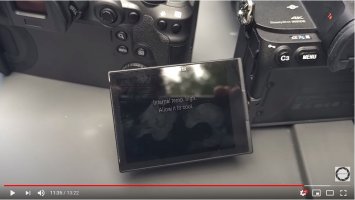Pixel-level noise matters when you consider one or another sensor for your purposes.
It's also easy to compare sensors of similar megapixel count, e.g. R5, A7RIII, 5DsR, Z7.
When you compare sensors with different Mp count, such as R5 and R6, you take only one metric (e.g. dynamic range or noise) and deliberately downsample the R5's images thus losing 55% of information. 55%! As a result you're not comparing the sensors, you're comparing only the noise in normalised images. This comparison ignores the resolution and is only valid for cases where you downsample 45Mp to 20Mp. If you want to use all 45Mp from the R5, or downsample it to 30Mp, this comparison becomes totally useless.


